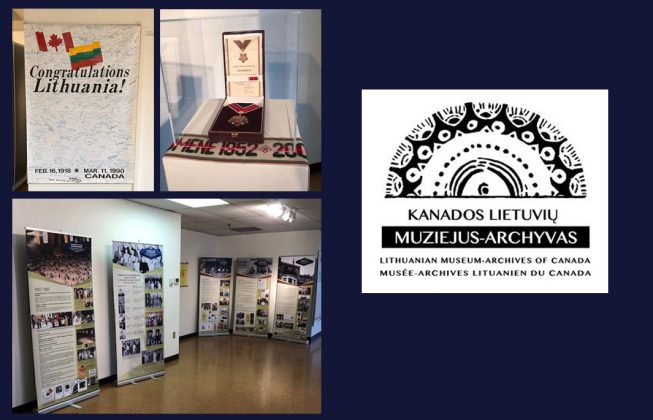
Danguolė Juozapavičius-Breen, Director of the LMAC housed at the Anapilis Community Centre, 2185 Stavebank Rd., Mississauga, Ontario
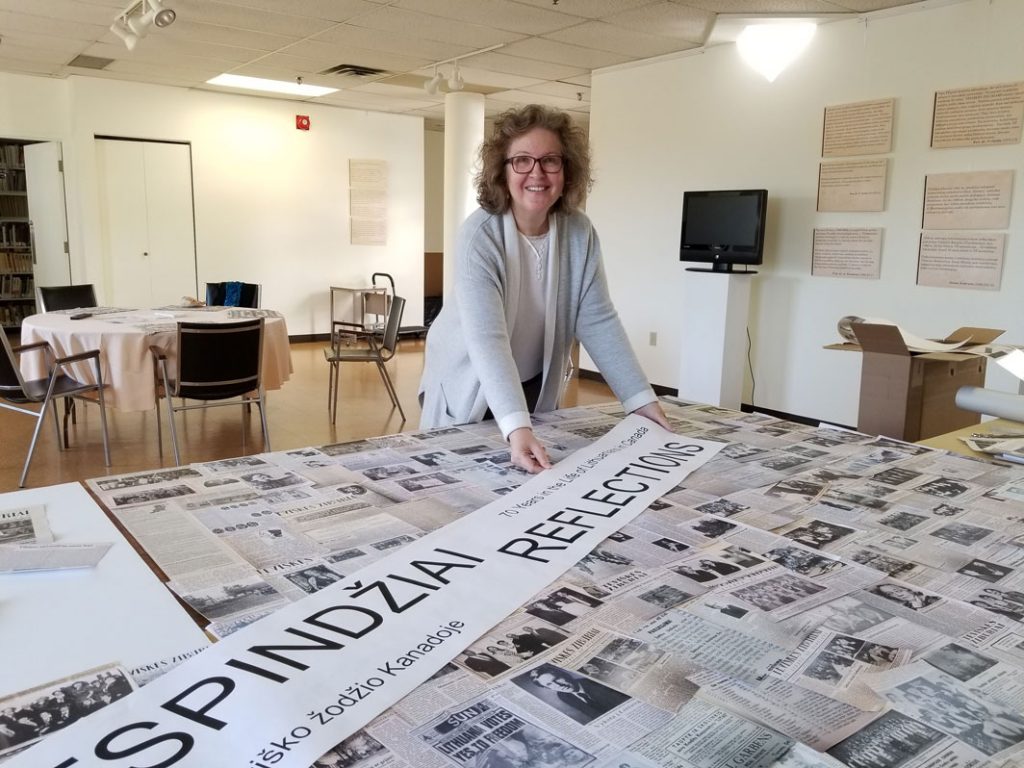
Tevzib.com editor Sigina Katkauskaitė conducted an interview with Danguolė Breen recently to find out what‘s happening at the LMAC during the COVID-19 pandemic. Apparently, although no visitors are allowed at this time, preparations are underway to remind the community of a crucial activity that vitalized Canadians of Lithuanian descent over three decades ago.
First, a general question. How do you choose the themes for exhibitions at the LMAC?
Danguolė: – Themes for exhibitions are often dictated by community events. If commemorations or anniversaries are being organized in the community, they certainly enrich such events and add to their popularity and significance.
Many aspects of art, culture, education, community life or other social themes are potential sources for interesting displays and discussion. Before choosing a subject, we review our fonds (collections) to explore how we could create a worthwhile exhibition from what we already have. Our main purpose is to collect and display our Lithuanian Canadian heritage.
This past spring, for the 30th anniversary of Lithuania‘s independence, we were preparing an exhibition about the Lithuanian Canadian community‘s contribution to Lithuania‘s bid for freedom. We hoped to show how Lithuanian Canadian Community members played a role in that struggle from 1988 to the historic date of March 11, 1990. Unfortunately COVID-19 and the quarantine disrupted our plans. We are currently working on expanding the timeline of the theme to 1992. The exhibition will be displayed in stages and through various platforms, because the scope of activity in those years is far wider than can be represented in a single exhibition.
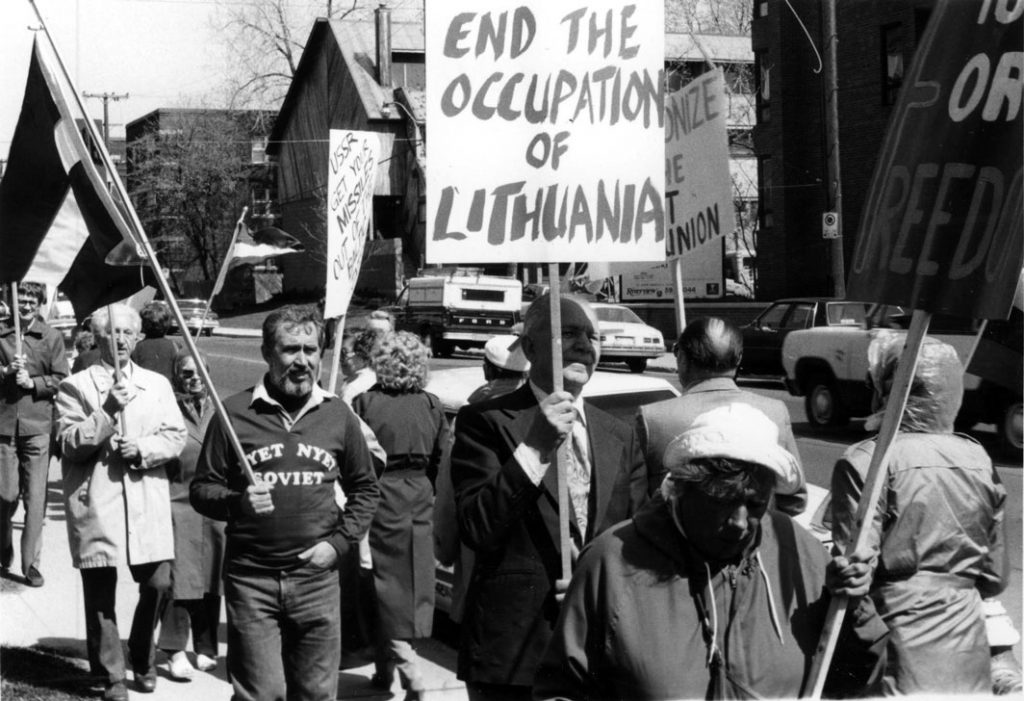
What are you collecting for this exhibition?
DANGUOLĖ: – We have a great deal of material – documents, photos, and press clippings relevant to that time. An important source is also documentation such as minutes from the Board meetings and Annual General meetings of the Lithuanian Canadian Community (LCC), the umbrealla organization. This gives us a detailed account of political and community activity of the period, decisions and suggestions by leaders, community representatives, and committees. These documents also point to close LCC ties to other organizations, such as the World Lithuanian Community and the World Lithuanian Youth Association, with many Canadian members on their executive boards.
Lithuania was often mentioned in the media during the independence movement, and our collection of press clippings is quite impressive. Retrieving radio and TV coverage of the ″Singing Revolution“ is also one of our goals for this exhibition.
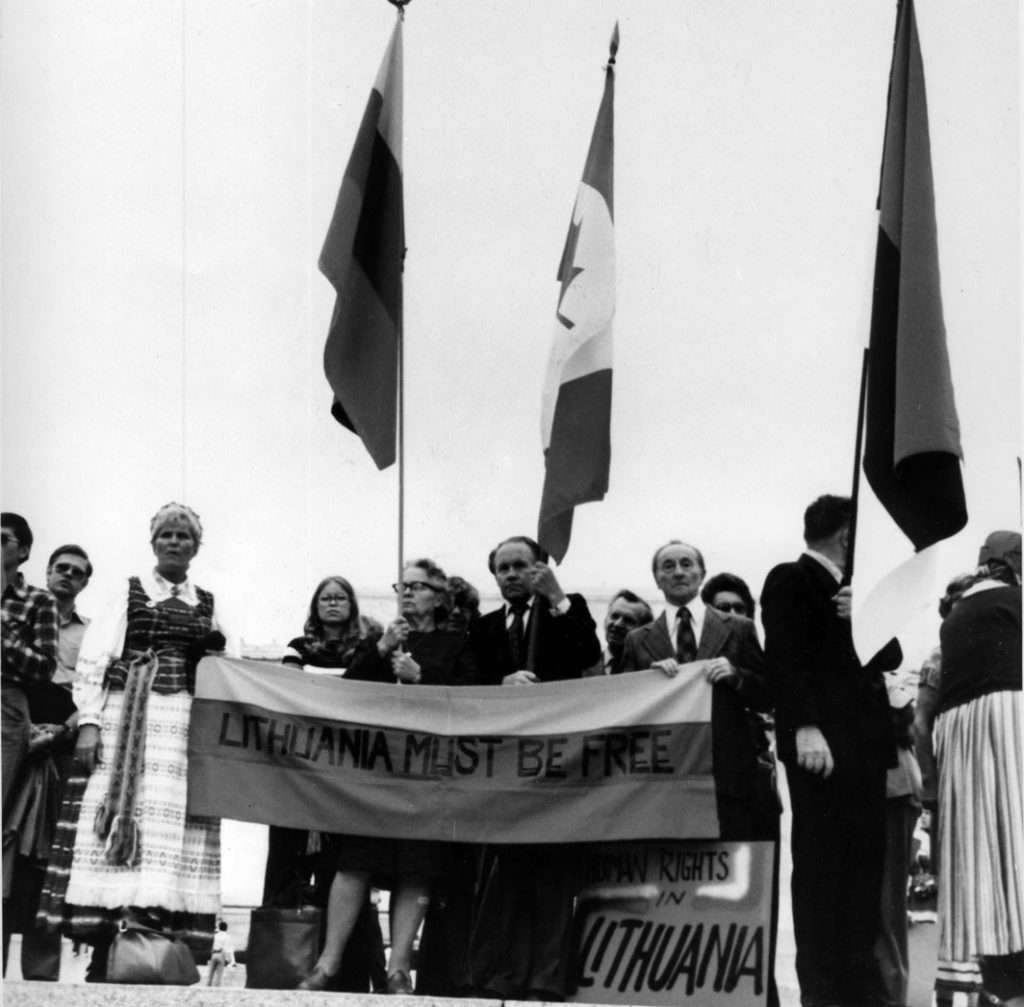
What was surprising about the LCC‘s accomplishments?
Danguolė: – Over the years, the LCC and its chapters throughout Canada had developed relationships with representatives of various levels of government and media contacts. This was done through consistent personal contact, letters, petitions, and invitations to commemorations and events such as Baltic Evening on Parliament Hill. As a result of lobbying by the LCC and Lithuanian Canadians in the media and various other fields, parliamentarians were made aware of Lithuania‘s campaign for independence. One very positive outcome of these relationships was the attendance as observers by representatives of all three Canadian political parties at the first Lithuanian multi-party election. The Lithuanian Independence Movement (Sajudis) succeeded in winning the election to form the government of Independent Lithuania.
Sajudis had already invited the leaders of the LCC to participate in the first unrestricted commemoration of the February 16th, 1918, Independence. Its leaders also invited Toronto folk dance group ″Gintaras“, touring Lithuania in May, 1989, to participate in a protest in Šiauliai. Those young dancers thus had a live role in Lithuania‘s struggle for freedom.
Political pressure from the community was so successful that the Canadian government was a firm partner in upholding Lithuania‘s independence movement.
The enthusiasm shown by Lithuanian Canadian youth was outstanding. Their initiatives will certainly be prominent in the exhibition we are planning. In February, 1988, a youth group staged a three-day hunger strike in front of the Soviet Embassy in Ottawa. Many Lithuanians from Ottawa, Montreal, Hamilton and Toronto gathered to support them.
Taking time away from their studies, they formed an information committee in Toronto, led by Darius Čuplinskas. In June of 1990 a youth group began their lobbying efforts in Ottawa to raise awareness of Lithuanian independence issues among Canada‘s parlamentarians. It became obvious that a full-time PR office in Ottawa was necessary, and torontonian Vytas Čuplinskas took charge of it.
Once Lithuania declared its independence, youth volunteers travelled there to help with press coverage, translation and foreign press connections to assist this young government in taking its first steps.
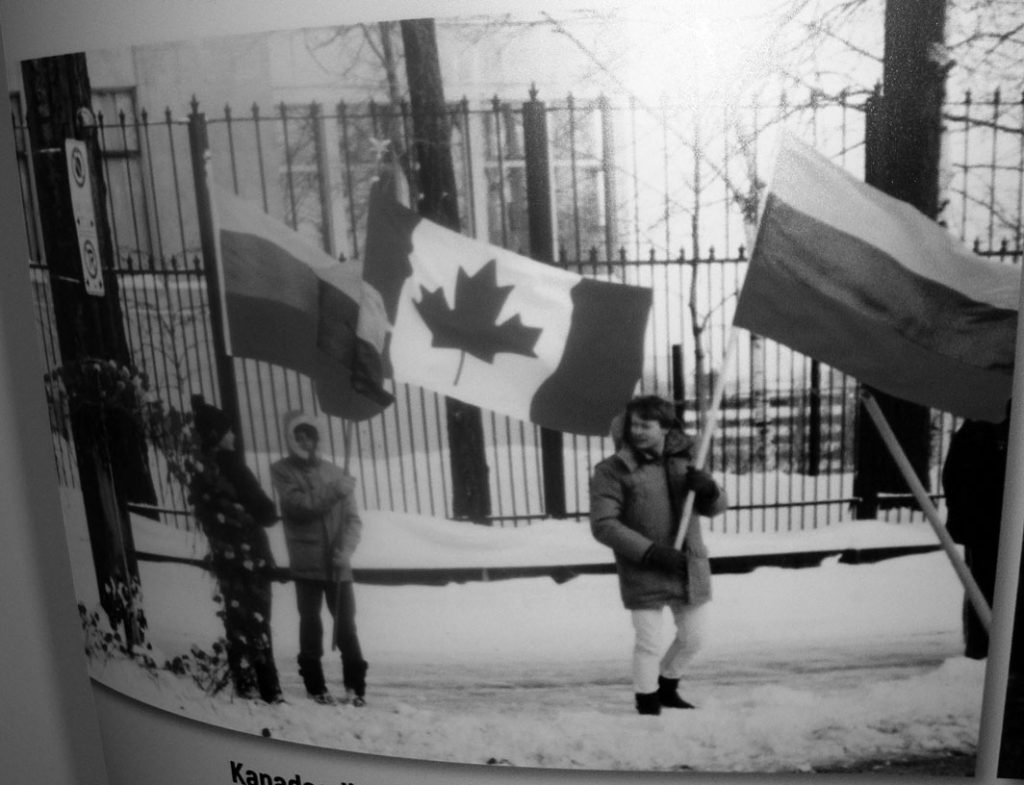
We have a substantial amount of material for this exhibition, and our work is to determine how to make it most effective. The first stage will be a chronological overview, which will be digitally displayed on our website lithuanianheritage.ca. The next step will be a visual exhibit at the Museum-Archives, using movable panels, which could be transported to other Lithuanian communities and Lithuania itself, as required.
The exhibition you are planning is a one-time event. Do you have any plans to transfer its contents to a publication reflecting Lithuanian Canadians‘ contribution to Lithuania‘s independence?
Danguolė: – Yes, we intend to do that, because it is so important to have a written account of this time in our history as Lithuanian Canadians. It is an enormous project for our minimally-staffed Museum-Archives, but we will be looking for assistance and, of course, funding, since we are a non-profit organization.
Translated and abridged from an interview in Lithuanian on tevzib.com





























